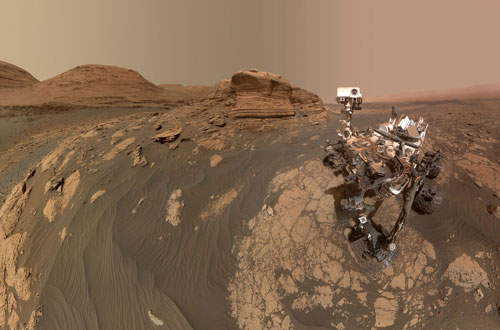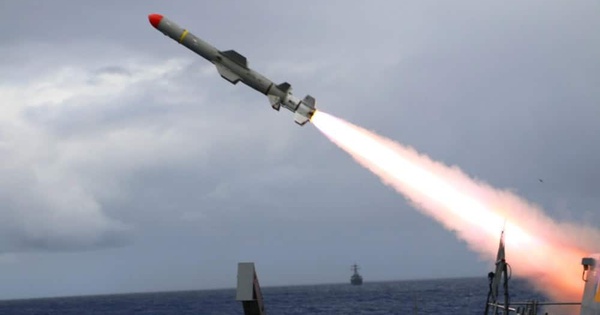Mars Expectations in 2030
NASA Deputy Director Greg Williams announced some details of the Mars Landing Project, divided into two phases. Phase 1 (2018-2026) performs flights to Cislunar space (the space between the Earth and the Moon) to create a habitat for astronauts in Cislunar space, scientific research, and implementation. doing surveys…
Phase 2 (from 2027), launches deep space transporters (DSTs) to Cislunar, conducts a year-long simulation of life on Mars. Around 2030, the DST spacecraft will begin carrying astronauts from the Moon’s space station (DSG) to Mars.
NASA’s 2030 mission to Mars is supposed to be a giant leap in space exploration but also poses technological and logistical challenges. According to the newspaper Daily Mail, The time required for the historic journey between Earth and Mars is too long, up to 500 days. That’s why many scientists research how to shorten this time period.
Most recently, a team at McGill University (Canada) developed new technology to meet a request from NASA to speed up the process of sending spacecraft to Mars. The laser, a 10-meter-wide array on Earth, will heat hydrogen plasma in a chamber behind the spacecraft, generate thrust from the hydrogen gas, and deliver it to Mars in just 45 days.

NASA researched mapping to identify locations with ice under the surface of Mars to serve the first people to settle here Photo: NASA
So, after going to Mars, where will the first people settle? Similar to our ancestors choosing locations next to rivers and streams, NASA researched mapping and identifying locations with ice below the surface of Mars to serve the first people to settle on Mars.
Based on data collected by the Mars Odyssey, Mars Reconnaissance Orbiter and Mars Global Surveyor probes, NASA has so far been able to draw detailed maps of groundwater points within the framework of the Subsurface Ice Mapping project. face (SWIM). The location of underground ice is located in the northern hemisphere of Mars.
This map is also the basis to help NASA experts conduct an assessment of the location that can send humans to Mars. That would be the region in the northern hemisphere below the Martian poles. Because this position is favorable for spacecraft to land, the rover can take advantage of the greater friction of the Martian atmosphere to slow down.
Regarding construction, scientists working with the Indian Space Research Organization (ISRO) researched bricks to ensure durability, suitable for space conditions: bacterial bricks. They are produced from mixing a strain of bacteria called sporosarcina pasteurii, Martian soil, with a liquid material consisting of guar gum powder (extracted from guar beans to increase the strength of the material), urea, and nickel chloride.
From the findings of a planet that may have once existed life, NASA hopes the Red planet can bring people “completely new life with new scenes”.
at Blogtuan.info – Source: nld.com.vn – Read the original article here



